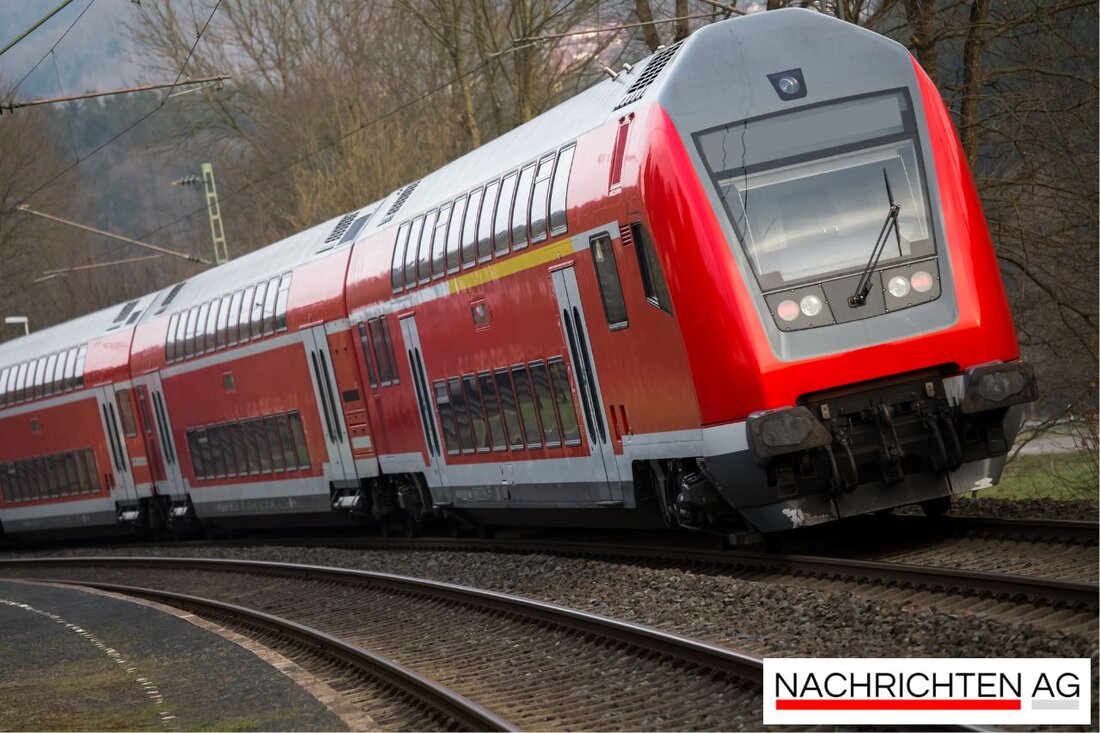Ghost train stations: Forgotten relics with new mobility potential!
Discover Germany's forgotten ghost train stations and their potential for sustainable mobility - a look at the transport transition.

Ghost train stations: Forgotten relics with new mobility potential!
Disused train stations – they are called ghost train stations, and they bear the traces of an eventful past. These relics of history not only bear witness to political tensions and economic upheavals, but could also be key to the transport transition in the 21st century. Loud Mercury Ghost train stations are abandoned places that were once part of the transport network, and much of what once defined them can be revived in rural areas.
Originally, the ghost train stations were primarily associated with the disused S-Bahn and U-Bahn stations in Berlin. These stations, which were closed during the division of West Berlin, now offer great potential for reactivation. An example of this is the Olympic Stadium train station in Munich, which was opened in 1972 for the Olympic Games but was closed down in 1988. This station, similar to other abandoned stations, could be brought back to life and become part of a new, sustainable mobility network.
The role of ghost train stations
The closure of many train stations after the construction of the Berlin Wall had a lasting impact on the transport infrastructure. Potsdamer Platz and Nordbahnhof were just some of the affected stations that were no longer accessible to West German trains. Stories like these can be found all over Germany and reflect the exciting opportunity to revitalize these places through nationwide projects.
How Mercury highlights, many active projects show that ghost train stations are more than just abandoned spots in the country. With the right approach, these train stations could come back into play and not only change travel behavior, but also better connect rural regions. The D-Tunnel in Hanover, a construction project that was never completed, is another example of missed opportunities to exploit the potential of such structures.
Economic considerations
A look at the financial aspects: Between November 1, 2024 and October 31, 2025, the exchange rate between the Mexican Peso (MXN) and the Colombian Peso (COP) fluctuated significantly. The average rate was 212.54 COP per MXN, while according to the data, the highest rate was recorded on July 29, 2025 at 222.59 COP. At the same time, the value of the peso fell by 4.75% compared to the COP - an indication that economic considerations also need to be taken into account when reactivating old train stations.
How the time flies! Where once there was lively travel, the ghost train stations now stand still and wait to be revived. The potential of these places is enormous and the right plan could not only revitalize rural areas but also revolutionize the way we think about mobility.

 Suche
Suche
 Mein Konto
Mein Konto